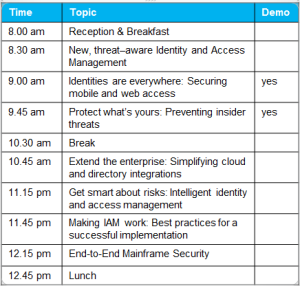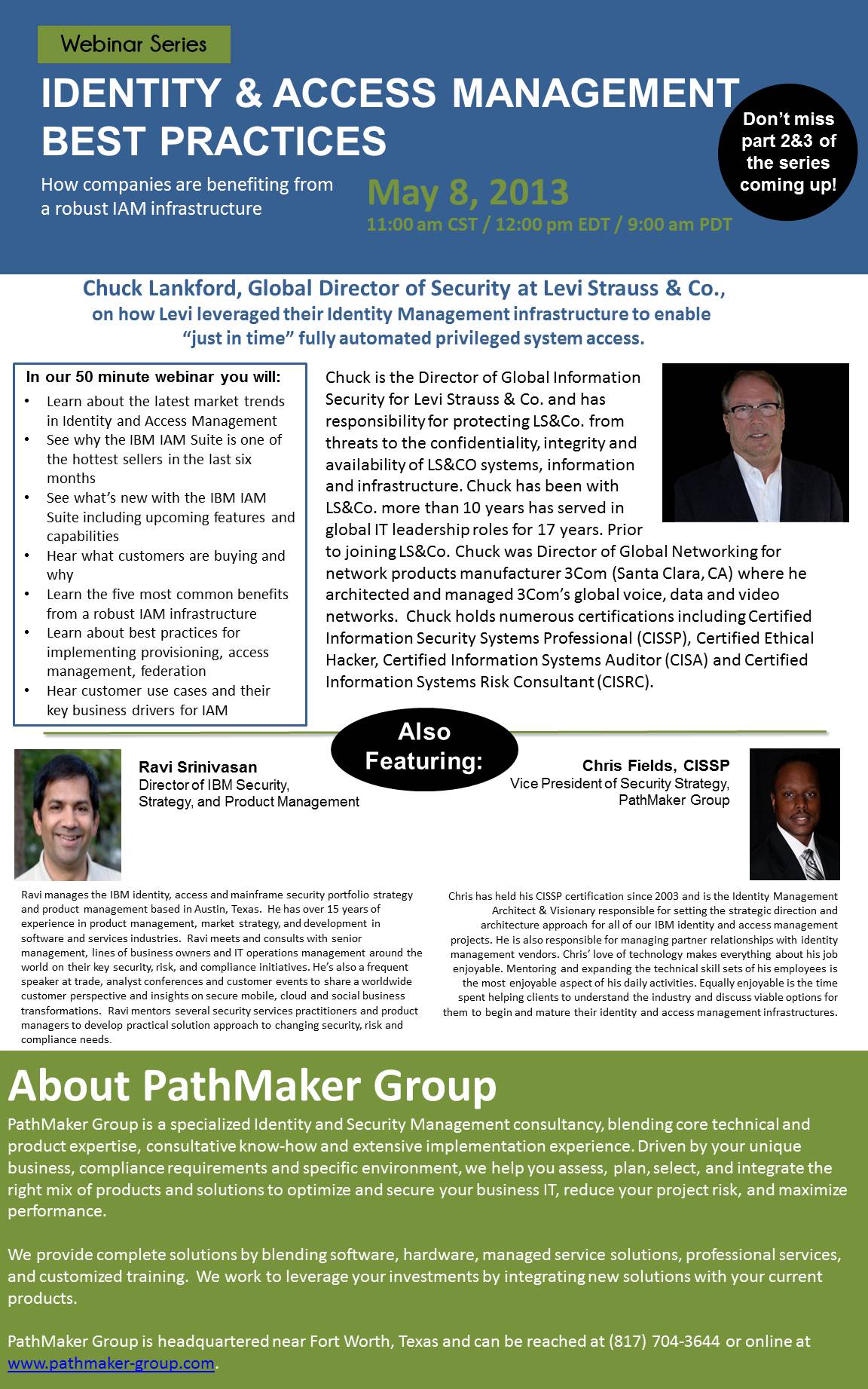Sadly, the CEO presiding over Target during the recent data breach resigned today. See USA today article.
This series of unfortunate events for Target begs a key question relating to the risks every company CEO faces today. Did Target leadership ask the right questions about overall IT security and the risk every company faces?
Protecting a company from Cyber bad guys is a never ending battle. It’s a game of leap frog with some serious consequences if you get behind. With all the opportunity for full-time, professionally paid, government backed hackers to spend all day every day figuring out new ways to wreck a company, the priority for combating this enemy needs to be pretty high on the list for every CIO and CEO. But it’s not just about spending all the money you can afford to spend. It’s about understanding where to spend the money on the right technology.
How do leaders responsible for protecting a company sort out all the noise from the real threats? This has become a constant exercise in analyzing risk and applying financial priorities accordingly.
As fast as the bad guys are coming up with new ways to exploit a target, new innovative minds are working to counter their moves. Many of these great technologies are being folded into a portfolio of products and solutions that can be layered across an enterprise to protect and prevent the latest threats from creating the worst kind of headlines.
IBM has been on a major buying spree for the last several years snapping up some of the best and brightest technologies and resources across the globe. They are quickly assembling an array of tools that are being shaped into the worlds best security risk analysis platform. By leveraging this risk-based assessment direction, IT leaders can depend on technologies that will not only provide the intelligence about where to address risk, but can be assured that these technologies are probably the best that money can buy.
IBM is currently the third largest security company in the world with the goal of being the largest and the best. As a Premier IBM Business Partner, we see this investment first hand. See ComputerWorld’s perspective.
PathMaker Group serves our customers by planning, implementing, and managing these security solutions across the enterprise. IT Security is a rapidly changing, complex business and our partnership with IBM helps us keep our customers one step ahead of the bad guys.





 About Ravi Srinivasan:
About Ravi Srinivasan: